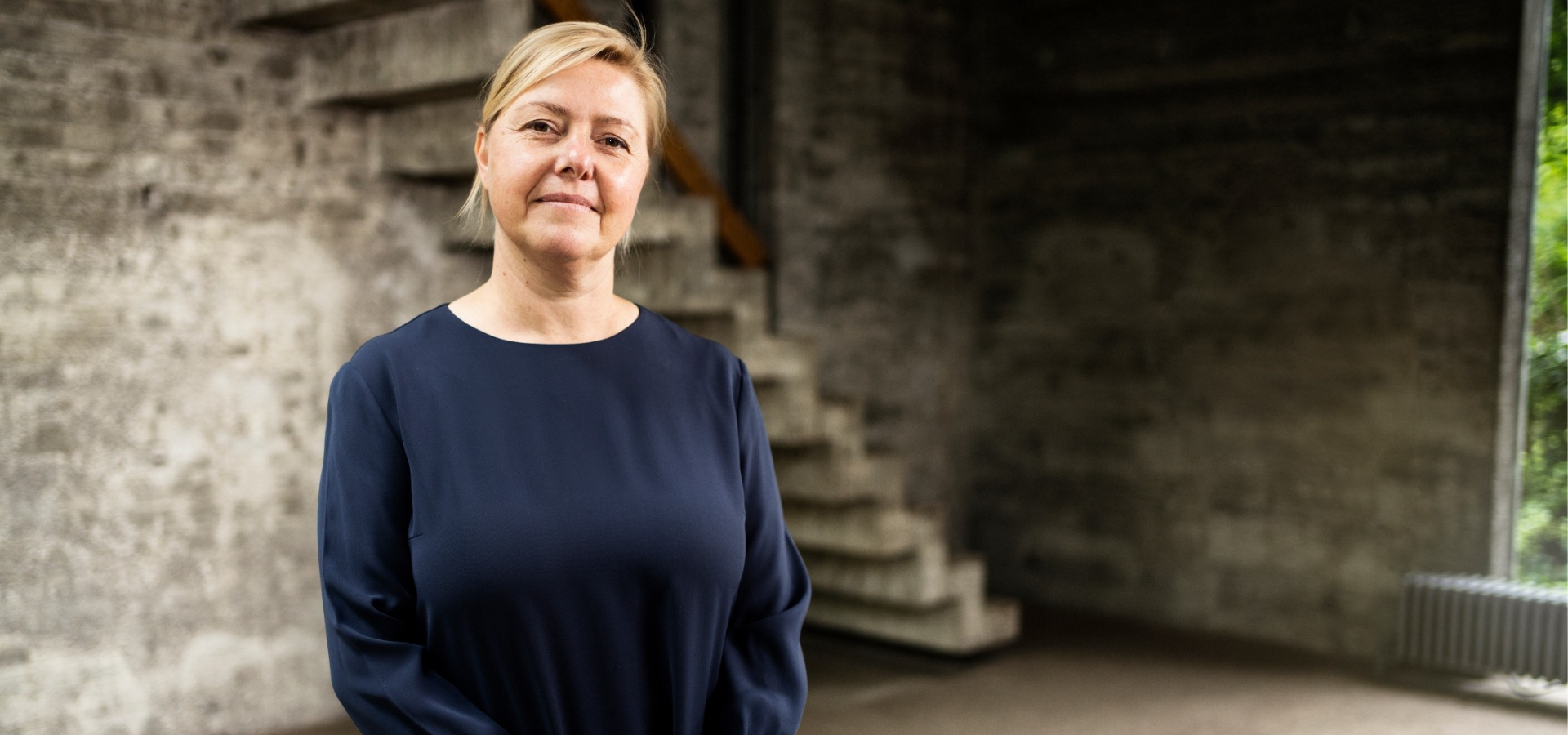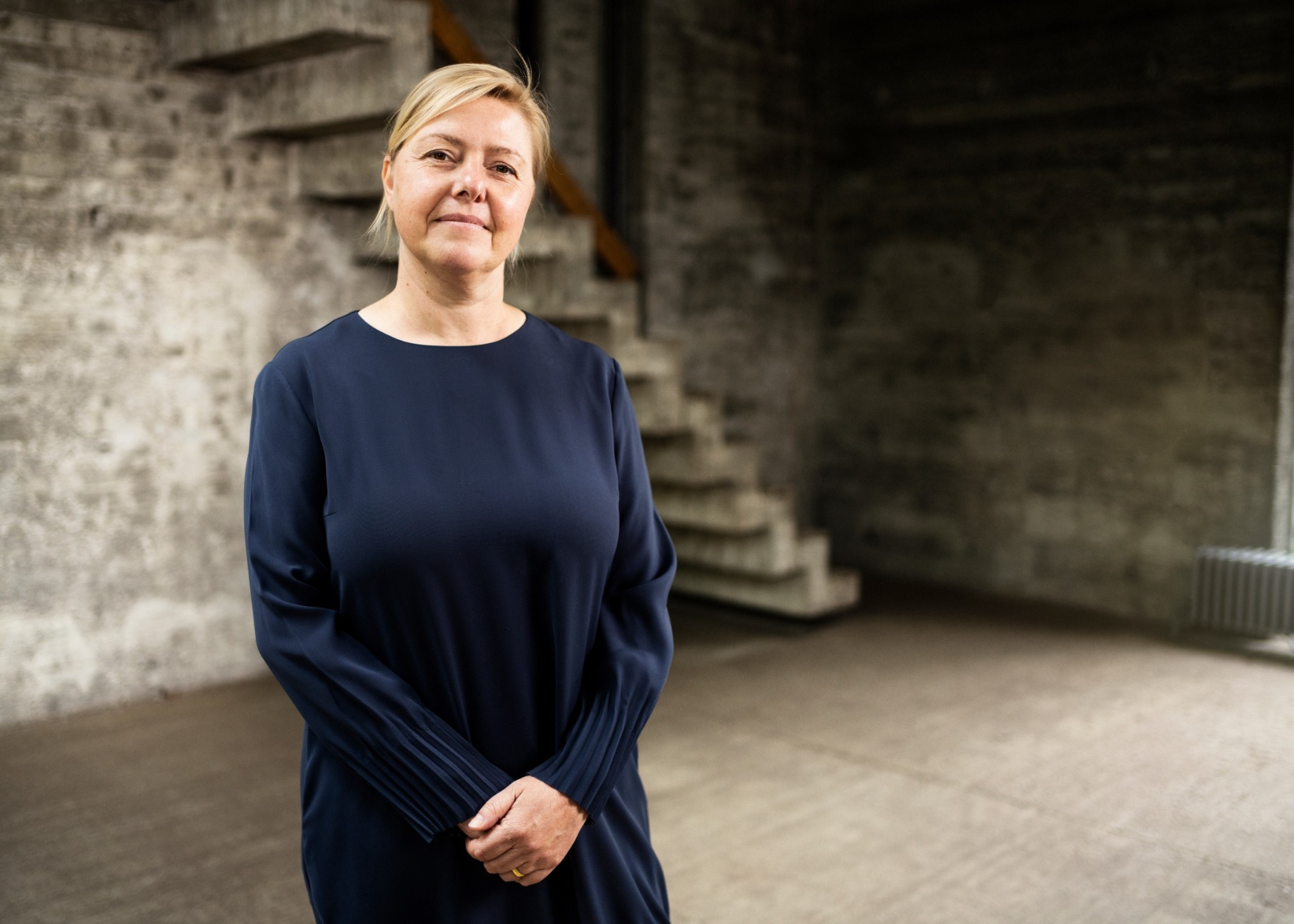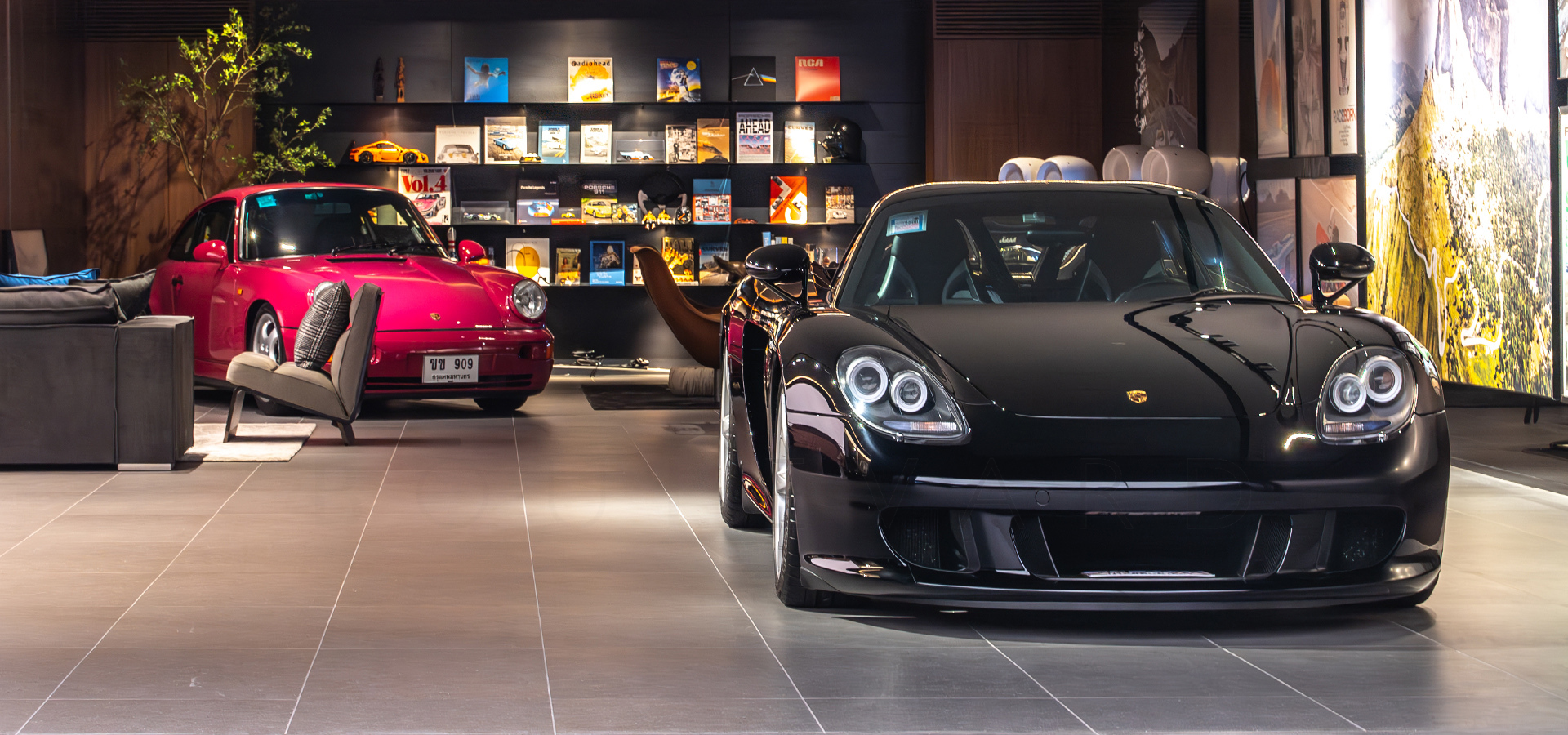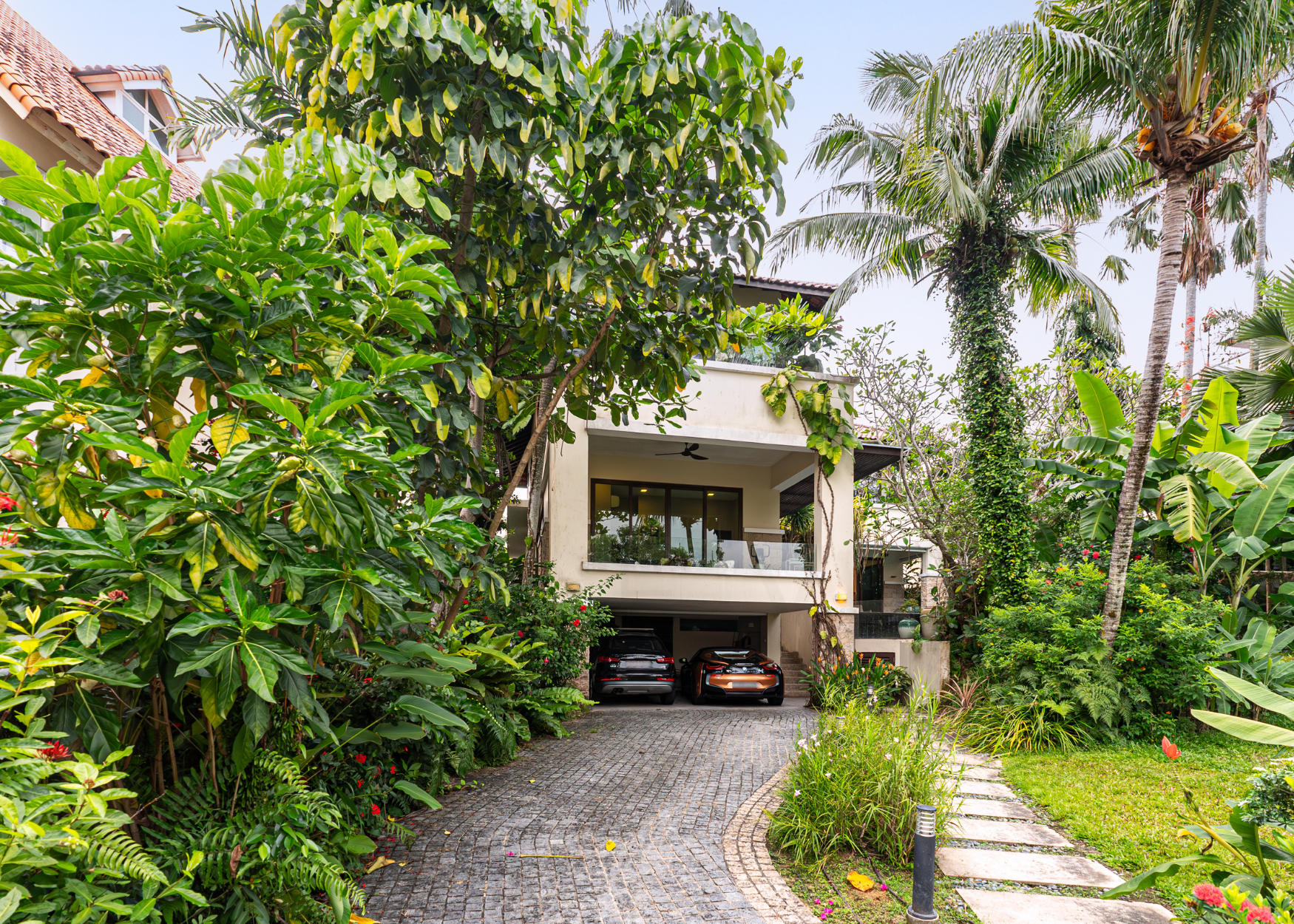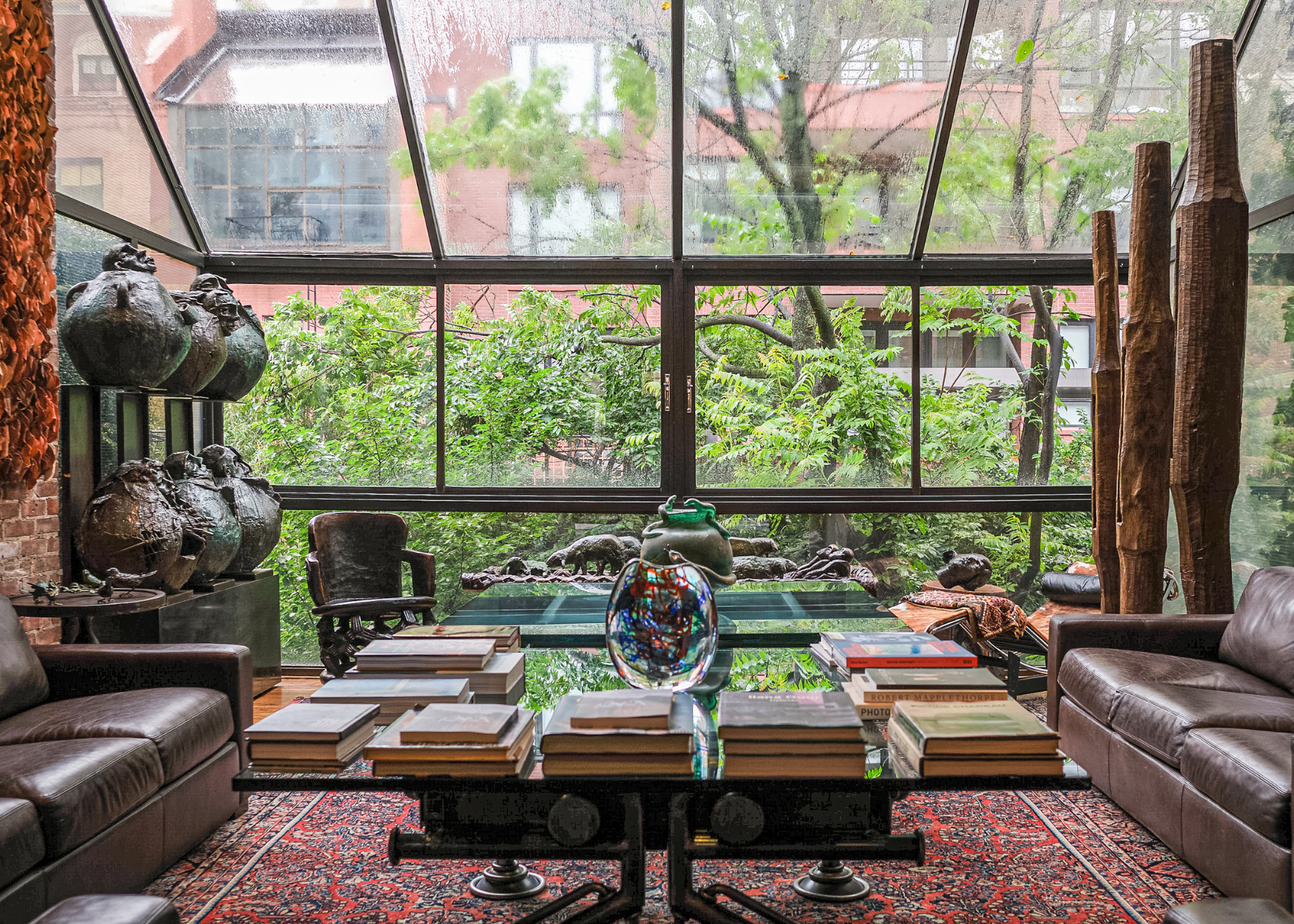The interview: Christine Franck, head of colour, materials and trim design at Rolls-Royce, on the Cullinan Series II
A phenom of an ultra-luxury SUV, the Rolls-Royce Cullinan Series II has finally gotten a much-needed revamp. Seen in the new Cullinan are major changes to its interiors, technological and cosmetic innovations and of course a noticeably different fascia, among other new features.
At its launch in Australia, Rolls-Royce Head of Colour, Materials and Trim Design Christine Franck talks us through her team’s approach to the Cullinan’s redesign, production process, bespoke customisation and establishing the culture at one of the most prestigious car brands in the world.
Boulevard: We’d love to talk to you about the interiors for the Cullinan. Is there a specific approach for them that differs from other models?
Christine Franck: Certainly. For one, it’s the model which has the widest range. It appeals to our younger clients and clients who have been familiar with us for a long time. The Cullinan is the model where we have to make sure that we particularly address both younger and older clients.
Like with the duality and the place separation, these are technologies that are a little bit more daring, I would say.
The ash grey paint, if you look at the material, you’ll know that it’s a very modern veneer, speaking another language compared to the veneers we had before. It’s got this shimmery metallic shine to it. The surface is very tactile and it really works with almost all the leather colours. It almost works like a chameleon. It uses a different language than the veneers we have used before. So certainly, yes, the answer is Cullinan does open another field.
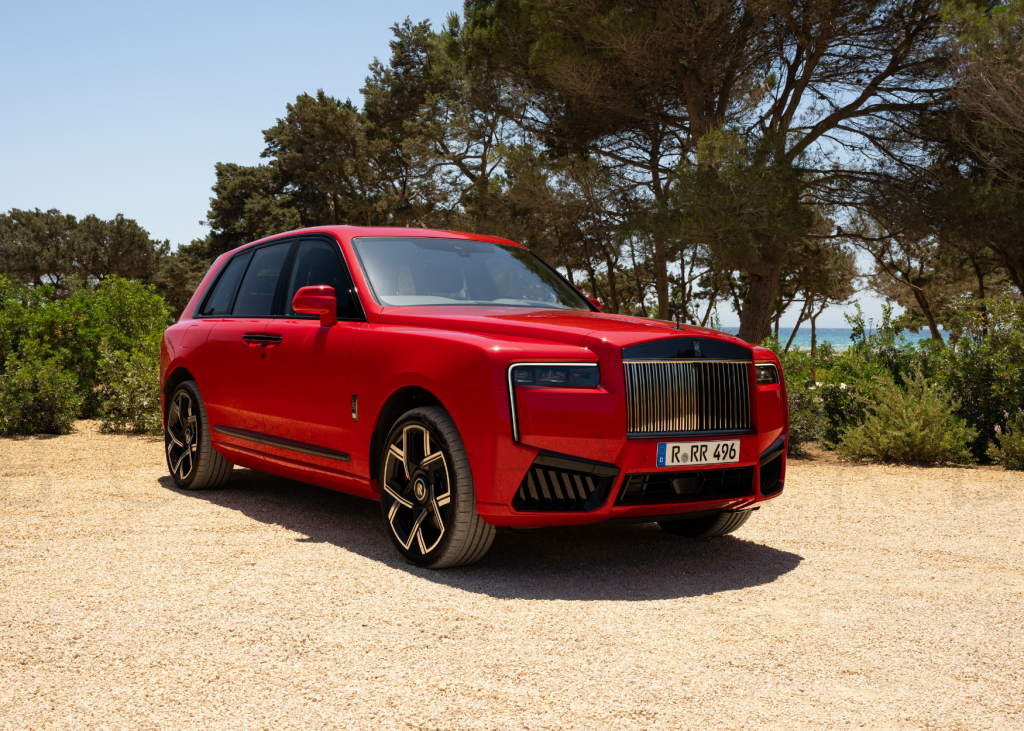
Blvd: What would you say is the difference in tastes or in choices for the younger clientele you’ve mentioned?
Franck: We have a wide range of clients. So you’re going to have different solutions. So younger clients are certainly something to consider in the whole field. Some of them want models with more subtle colours while others want to play a different kind of music altogether, so to speak. That’s what makes us open up to new clients, understanding their needs and the different tunes they want to play when it comes to their cars.
Blvd: In the Monteverde and several others, there’s this stunning book-matched woods. Is that something that you’ve just launched or was that a new iteration?
Franck: Every single car in our portfolio is, more or less, one off. So we always book-match perfectly. With every new solution or new feature we bring, we are challenged to maintain a level of quality that we promise our clients.
Blvd: With more than 6,000 cars produced in just the past year, what’s your role in the production process? How do you decide on new materials, new variteties of wood to incorporate? Do you dive more into individual production?
Franck: Both. We’re always deep in our research throughout the process. We speak with select suppliers and even develop textiles with them. Sometimes, we visit a leather shop and discuss with our own craftsmen about certain possibilities with a material. We have our leather shop and our wood shop where we constantly look at things. If you’re trying to push the boundaries with a certain feature, you should know that on one side, you have to motivate, but on the other, you have to understand. We designers have to understand the technical side to bring the best out of the craftsmanship.
We pitch new ideas, then within the process of bringing the feature to life, we have this constant dialogue.It’s not just about having the idea and handing it over and then looking at it in the end. We are in constant discussion. That’s the beauty of Rolls-Royce.
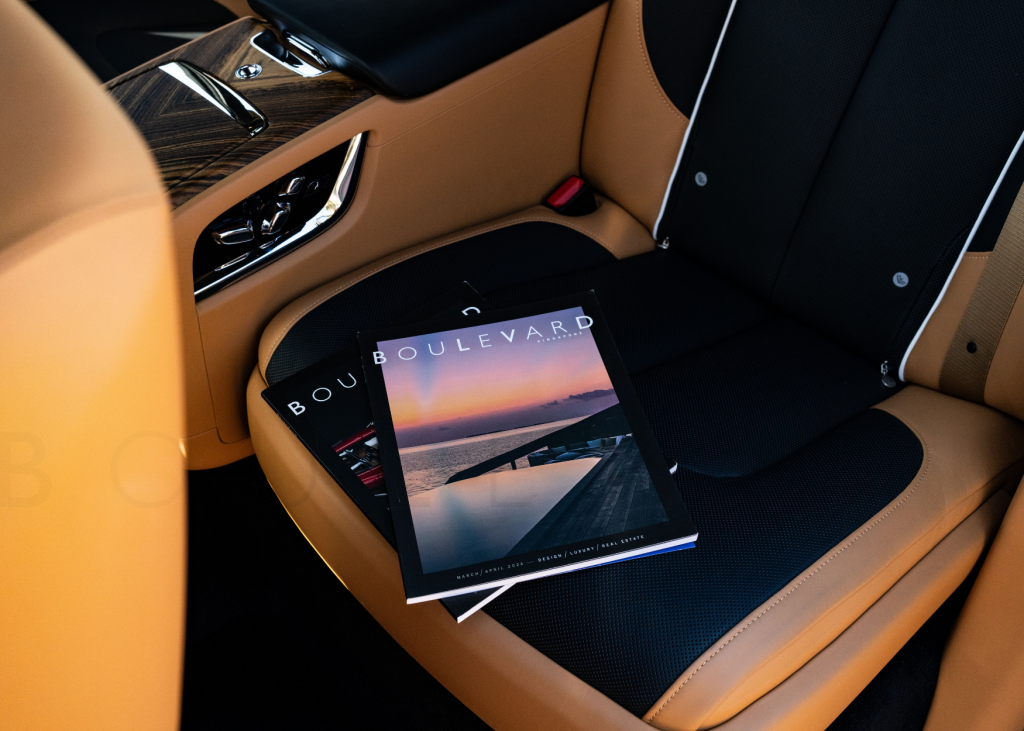
Blvd: Other manufacturers will tell clients, ‘Here’s our range of materials or leathers or woods.’ Whereas you seem to have a portfolio of different materials that are not so much about presenting a universe of choices, but rather, a launch pad from which a bespoke customisation with individual clients takes off.
Franck: Because of our craftsmen, we’re able to do bespoke so well. As a company, it’s really important that we’re complete masters of our technology and material. If a customer has a specific wish, we need to understand before we have that conversation of knowing what is possible and what we can do. You can only ever do that when you’re mastering your own feild, so to speak.
Blvd: The fascia for the Cullinan involved a whole new technique and display capability. Can you talk us through its creation?
Franck: The fascia, as you can see in the visuals, is now a pillar-to-pillar solution. It is covered with a single glass front. It really brings us the possibility to stage the features more.
On one side, we have the new digital interface system, which we had introduced in the Spectre for the first time. That gave us the possibility to now bring different colour ranges within that system.
That applies to the Cullinan, as well. So, let’s say, you’ve got an interior with mainly tailored purple or a certain leather colour, you can adjust the interface with the interior. The spirit system is also much more modern and much more calmed down.
On the right-hand side towards the passengers, there’s an illuminated fascia, which is a kind of darkened glass that is then laser-etched from behind. In our case, our Series II version has around 7,000 little dots laser-etched to the picture of a cityscape.
So if a client has a certain idea of what he or she is going to have, we can perfectly adjust that to their wishes. If you go with the illuminated fascia a little bit more towards the driver’s side, you can obtain the clock gallery, where there’s an analog timepiece and then the Spirit of Ecstasy. The whole staging of this is very modern and contemporary. The new feature has brought the car very much forward, we believe.
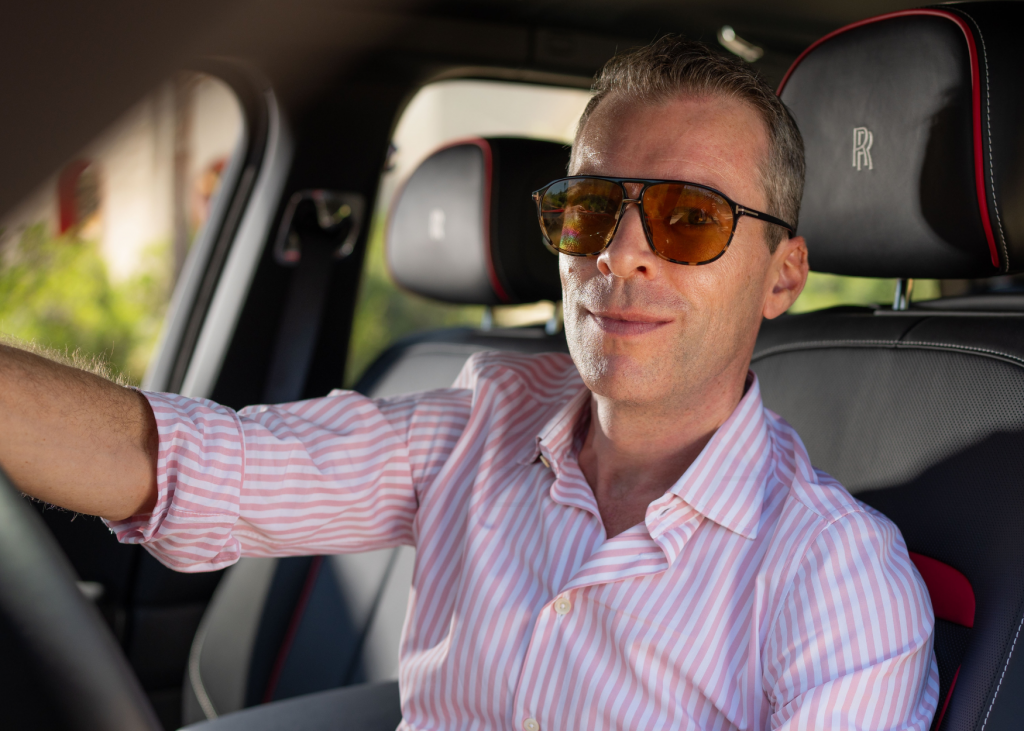
Blvd: How does the regular Cullinan differentiate from the Black Badge? How do you bring that alter ego to life in the design?
Franck: The details in the exterior and interior have dark chrome surfaces. We’re particularly happy with the exterior, which now has black door handles. It just completes the picture of Black Badge now. It’s a different expression.
Meanwhile, distinct in the interior is the tech fibre, which comes with Black Badge. It features a beautiful weave that’s delicately put into the interior to complement the dark chrome parts. In addition, the client can play to their own tune with a contrasting textile or a darker, more contrasted interior.
Blvd: Can you talk us through the more challenging bespoke requests you’ve had with these interiors?
Franck: First of all, we have this huge promise when it comes to quality and perfection. So whatever people ask for, they obviously come from a very emotional space. They want to apply certain parts of their lives to their motor car. The challenge is always to keep the promise of quality and perfection.
We make sure that we always stay within our range and our perfection. We try to discuss what’s possible and in what context it’s possible. It’s always this balance between absolute perfection and quality, but also fulfilling their wishes.
Most of the time, the very emotional side of a customer comes out in the way they want to make the interior or exterior. We talk about exterior paint to a very personal level. We have one designer who is fully dedicated to working on exterior paints while the other is dedicated to the interior. It takes long conversations to understand what clients really want.
That’s the core of what we do. The most important thing is to understand who the driver is and what the client wants to show or appreciate within his or her motor car. As soon as you understand that based on the dialogue, it’s easier to find the overlapping parts in possibilities, quality and perfection.
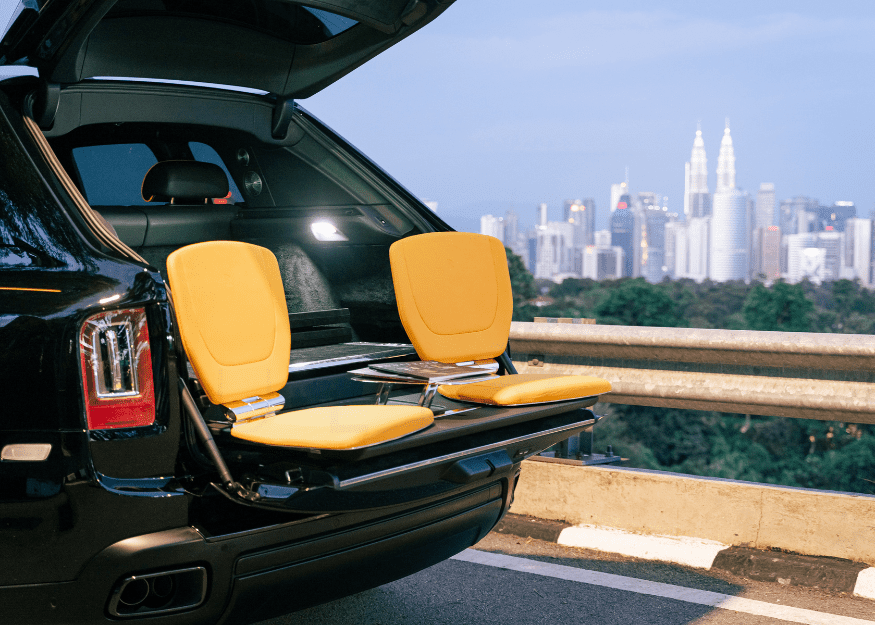
Blvd: Lastly, one of our favourite things about the Rolls-Royce both as a brand and manufacturer is its whimsicality. There’s always an unexpected surprise and delight in how you approach vehicles. For example, there are long-standing features like the umbrellas and the doors. With the Cullinan, the seats in the boot turn into an extraordinary picnic setting. And with this latest Series II, the first thing I noticed was the Starlight ceiling display extended to the door. How do you approach these new elements of surprise and delight? Is it within your team or in engineering? Where does that sit and how does that come about?
Franck: That’s very much the culture here. I would definitely say that this principle is in all of us. There’s certainly sometimes a glimpse of the idea on the engineering side or on the design side, but the motivation to bring things to life is sitting everywhere and that’s the beauty about it.
As you know, in all processes, there’s always going to be the possibility to say it’s not possible, but the most important thing is that people fight together for the possibility to bring the vision to life. That excitement has to be shared. If there’s this idea, then why can’t we extend it? How beautiful would it be if we could extend that a little wider and then there’s a team fighting for it.
We want to be just as excited as the customer when we fight for those things. We usually have a lot of things in our pocket, and very often, while it might sound a little strange, we often talk about our founders, and how they might have approached these opportunities.
Sometimes, it might feel impossible, but I’ve been with Rolls-Royce now for three and a half years and I know that the team is capable and highly motivated. And I think it makes all the difference. To stay true to that promise, there are all those little solutions and you have to push yourself on a daily basis to go further because it’s so easy to be happy with it and to leave it as it is. The challenge to go further is there and we very much challenge ourselves on a daily basis, and that extends beyond the design. It has to be the whole team or it just doesn’t work.
